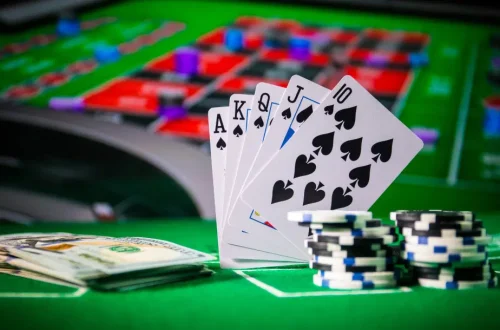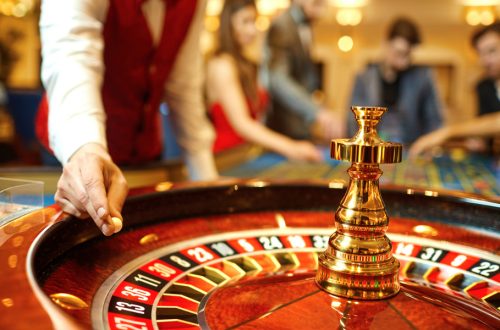The digital age has transformed how we play lottery games. Players now access luxury777 to try their luck without visiting physical locations. This shift brings a fresh look at the mathematics that governs lottery outcomes. The numerical patterns and probability calculations form the backbone of every lottery draw, determining who walks away with prizes. While many play based on gut feelings, the math reveals a different story about your chances.
Probability puzzle
- Basic lottery math – Standard lottery games ask players to select a specific number of digits from a larger pool. For example, picking 6 numbers from 49 possibilities creates millions of possible combinations, drastically affecting your winning odds.
- Combination calculations – The mathematical formula C(n,r) = n!/[r!(n-r)!] determines the total possible combinations. A 6/49 lottery equals 13,983,816 different possible ticket combinations, meaning a 1 in 13,983,816 chance of winning the jackpot.
- Multiple ticket strategy – Buying additional tickets increases your chances proportionally but never changes the underlying odds. Ten tickets in a 6/49 draw gives you only 10 chances among nearly 14 million possibilities.
Number patterns and distribution
The random nature of lottery draws follows specific mathematical principles. Each number holds an equal probability of appearing, regardless of past draws. This concept, known as independent events, means previous results never affect future outcomes. Hot and cold numbers exist purely as statistical anomalies rather than predictive patterns. The law of large numbers suggests that each number will appear roughly the same number of times with sufficient draws. Players tracking number frequencies might spot temporary variations, but these naturally balance over time.
Jackpot growth mechanics
Lottery jackpots grow according to precise mathematical formulas. When jackpots roll over, the prize pool increases based on ticket sales and predetermined percentages. This growth follows exponential patterns during excitement periods when more players purchase tickets. The mathematical relationship between ticket sales and prize amounts creates a feedback loop. As jackpots grow, more players participate, increasing the prize and raising the chance of multiple winners who must share the amount.
Smaller prize calculations
- Secondary prize tiers – Most lotteries offer multiple prizes based on matching fewer numbers. The odds improve dramatically for these smaller prizes, with some games offering 1 in 50 chances for minimal matches.
- Expected value analysis – Mathematicians calculate a ticket’s expected value by multiplying each prize amount by its probability, then summing these values. This value occasionally exceeds the ticket cost during massive jackpots, making play mathematically justified.
- Return rates – Online lotteries typically return 50-60% of ticket sales as prizes, with the remainder covering operations and beneficiary programs. This return rate remains stable regardless of individual outcomes.
Comparing different games
Different lottery formats present vastly different odds. While traditional number-picking games offer long odds with massive prizes, scratch cards and instant win games typically provide better winning chances with smaller rewards. The mathematical variance between games creates distinct player experiences. High-variance games feature rare but substantial wins, while low-variance options deliver frequent small prizes. Players’ risk tolerance and goals determine which mathematical model best suits their play style.
Online platforms now offer transparency about odds that were previously difficult to access. Modern players can make mathematically informed choices about which games align with their preferences. The mathematics behind lottery odds reveals that luck plays against staggering numerical realities. While winning remains possible, the probability calculations paint a clear picture of the genuine chances. Players who appreciate these mathematical fundamentals gain a more practical perspective on their lottery participation and expectations.



